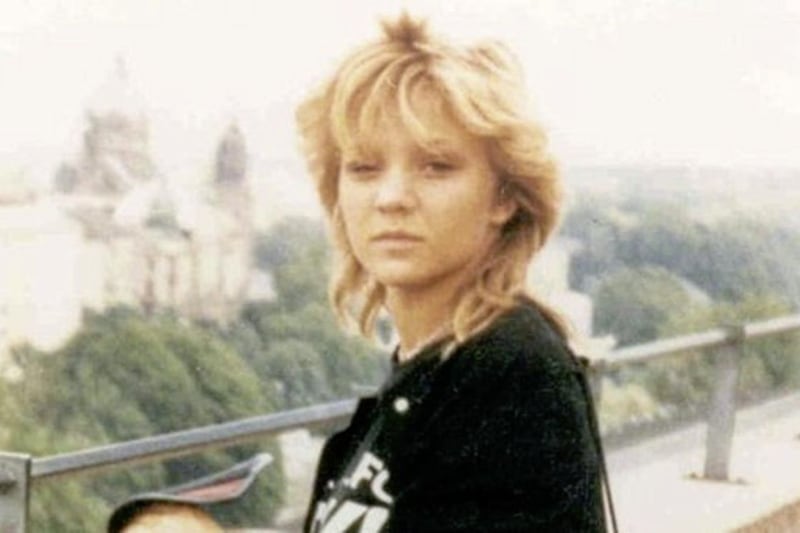Two off-duty PSNI officers failed to stop with a drunk teenager who was standing in the middle of a country road a short time before she was knocked down, an inquest has heard.
Shannon McQuillan (19), from Dunloy, died after she was struck by a van on the Moneynick Road, near Toome in Co Antrim, in January 2018, a short time after leaving the back of an ambulance which was taking her to hospital.
Her boyfriend Owen McFerran (21), from Ballymoney, was left fighting for his life after the accident, which took place in the early hours of the morning on the old main Derry to Belfast road.
Last week coroner Joe McCrisken heard how Ms McQuillan had been taken to hospital by ambulance after falling in a car park in Magherafelt, Co Derry, on leaving a local nightclub.

Ambulance staff later radioed for police after an altercation involving Ms McQuillan and pulled in at a bus stop near Toome to await their arrival.
A PSNI sergeant, who was one of three officers who attended the scene, last week denied that the alleged republican views of a teenager’s family had a bearing on how he dealt with her.
During a hearing on Monday it emerged that two off-duty officers did not stop after they saw Ms McQuillan in the middle of the road as they shared a vehicle from a shift.
The court heard how a car that was driving in front of them had to break sharply and stop briefly after Ms McQuillan attempted to bring it to a halt.
When this car moved off, Ms McQuillan then stepped in front of the car carrying the two PSNI officers, also forcing the driver to stop.
In a statement one of the officers said the teenager then slapped the bonnet of the vehicle with an open palm “in an aggressive manner”.
She then gave both officers, who were wearing civilian clothing, the middle finger and shouted something before making her her way back to the side of the road.
The officer said he then made a 999 call from his personal phone “to report that there was people at the side of the road , interfering with vehicles and moving in front of oncoming vehicles”.
The officer said that due to “the time and location of the incident and the current threat posed to police officers both on and off duty throughout the province I was not satisfied with stopping with this couple”.
The added he did not know who the couple were and “who else may have been standing in the vicinity”.
The officer told the court he was concerned for the safety of himself and his colleague as they had “no way, other than the use of hazard lights, to make other motorists aware of our stationary presence on an unlit rural road”.
The coroner also heard that the officers did “want to identify a personal vehicle as that of a police officer due to ongoing targeting of police officers”.
In a statement the second officer, who was driving the vehicle, told the inquest he sounded the horn once and pointed to the side of the road after stopping.
He explained that he did not stop with the couple “for a number of reasons”, adding that he was “concerned for the motive at the time for stopping passing motorists”
The officer added that he was “also aware of the current threat to off duty police officers in the province”.
“I did not wish to identify myself (the other officer) or my personal vehicle to anyone….the fact we were serving police officers,” he said.
During Monday’s hearing the driver of the van that collided with Ms McQuillan also gave evidence.
He explained how he saw “a white face”, which he believes was Mr McFerran, that “just popped out of nowhere” before impact.
After seeing two people lying on the ground he phoned police.
Later in the hearing Mr McCrisken revealed that a number forensic scientists have carried out reconstructions of “what might have happened”.
“The upshot of the forensic report is there’s absolutely nothing you could have done that morning,” he told the driver.
“And unless there’s additional evidence, which seems unlikely, that will be my finding at the end of this inquest.”








